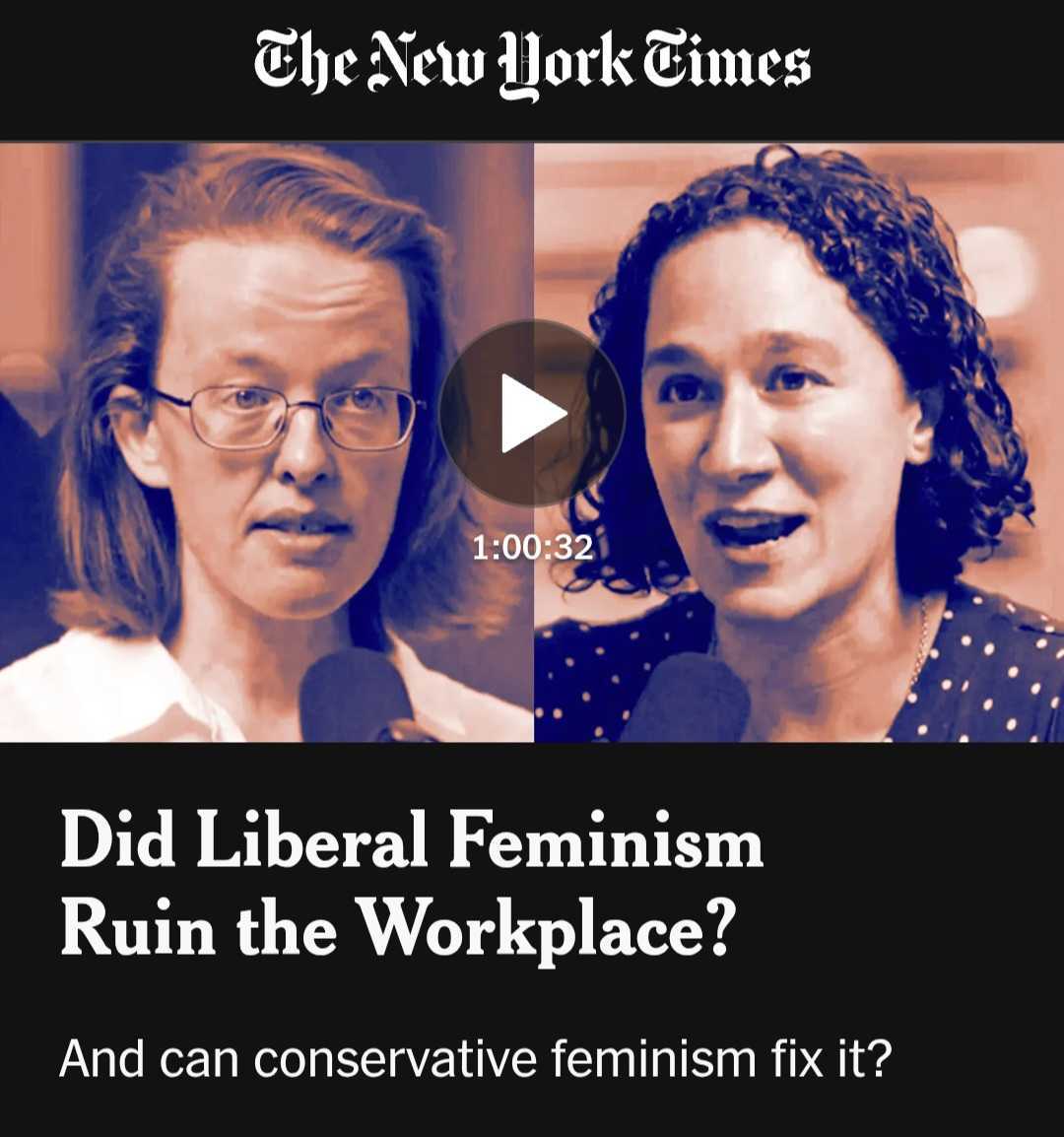India’s problem of substandard engineering, with graduates being unable to find jobs is something we are all familiar with. But there is a gendered story of India’s engineering colleges which is less talked of. According to the recent MHRD report only 28.9% of the enrolled in Bachelor of Engineering (B.E.) students and 28% of B.Tech students are females. In comparison, Master of Arts(M.A.) has a 61% female enrollment and M.Sc. has a 62.7% female enrollment. The proportion of women enrolling for engineering courses has in fact been decreasing over the past years. (It was slightly better in 2012-13 at 34%.)
While we do not know what precisely causes this vast gender gap, we can understand that women are encouraged to pursue academic rather than professional courses. This is perhaps because academic courses are considered less vigorous. Moreover, parents are less interested in the professional development of their daughters. Primarily seen as caretakers of the home, professional education is not a major concern. Even when professions are considered, teaching, for instance would be considered more appropriate than engineering.

Engineering profession with long working hours, working in an office environment, interacting with different people and perhaps travel is deemed unsuitable for women. Mechanical and Civil Engineering particularly, where one may have to work at a construction site are considered particularly unsuitable for women. Women thus, lack family support to pursue a profession like engineering. They also often do not have any role models to see themselves as professional engineers.
Engineering profession with long working hours, working in an office environment, interacting with different people and perhaps travel is deemed unsuitable for women.
We need to also question the method of selecting candidates for engineering courses. The selection is done through entrance exams that have multiple-choice questions to be solved within a specific time limit. Anyone who has given these tests will tell you that they require very specific preparation different from long answer tests set for board exams. Schools and colleges, both government and private are preparing the students for these board exams and not for entrance tests.
The books provided by NCERT and state specific boards are also designed to help you prepare for board exams. As a result, a number of private coaching institutes, charging high fees have come up to prepare students for these entrances. Private publishers have also flooded the market with high cost books to prepare for these exams. Kota in Rajasthan has become a hub for students to prepare for entrances. We observe this ‘private coaching phenomenon’ everyday, but its unfair nature never strikes us.
Also read: KIIT School Of Law Mobbed By Engineering Students Over Sexual Harassment Row
Earlier, the results from board exams determined admissions into medical and engineering colleges, the entrance tests were introduced only in 200. These tests are considered a more transparent and objective method of selecting candidates. However, given the financial resources required to prepare for them, are these tests objective at all? The coaching institutes are accessible only to those who are financially privileged. Moreover, these institutes are located in urban centres, being inaccessible to rural population, particularly rural women.
The coaching institutes are accessible only to those who are financially privileged. Moreover, these institutes are located in urban centres, being inaccessible to rural population, particularly rural women.
It is also important to note that many schools/colleges in rural and remote areas do not offer the science stream itself in class 11 and 12. While boys are encouraged and supported to go far away for their studies, the same is not true for girls. The rural poor are thus even more marginalized. Despite reservations for SCs, STs, OBCs and women; can those of these sections living in rural areas actually make it to engineering and medical colleges?
Women experience the negative effects of the private coaching phenomenon more deeply than men. It is known that parents who might go to any lengths for their son’s education are often reluctant to spend on their daughter’s education. Parents are less willing to spend large amounts on coaching institutes for their girl child, especially because this spending that does not guarantee admissions at all. Many students often take a drop year after their class 12 exam to prepare for their entrances. Once again, girls are often discouraged from doing this because education and consequently marriage should take place at an ‘appropriate’ age.

These engineering colleges are not electing merit they are selecting privilege. Other entrances for medical, management, civil services are similarly not inclusive. It is not like we are unaware of this, we only accept it as natural that higher education should be accessible to only a privileged group. The story of rags to riches through education is a rare occurrence, which is why whenever someone from a financially underprivileged section tops an entrance exam it is made much of in the news.
Also read: To Choose Or Not To Choose Science: Gendering Of Higher Education
In recent years, the ‘Udaan‘ scholarship has been offered by CBSE to meritorious girl students, it provides coaching to girls who wish to pursue engineering degrees. Reservations for women have also been made in the IITs. We need to ask ourselves if we are okay with this system, or can we envision a more inclusive future for higher education in our country?
References
Featured Image Source: Shree Gurukulam
About the author(s)
Khushi Agarwal is an English Literature student from Miranda House and an enthusiastic volunteer for women and child development. Writing is her chosen mode of expression and activism.




